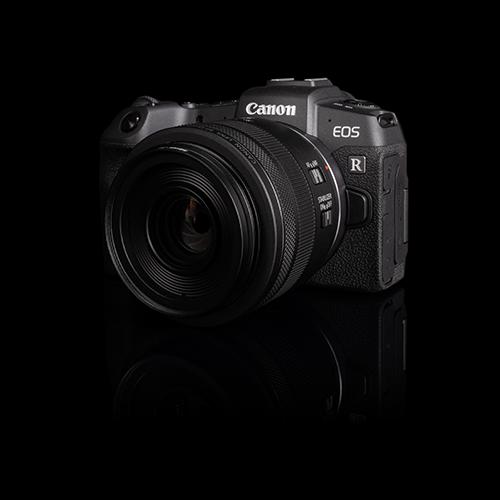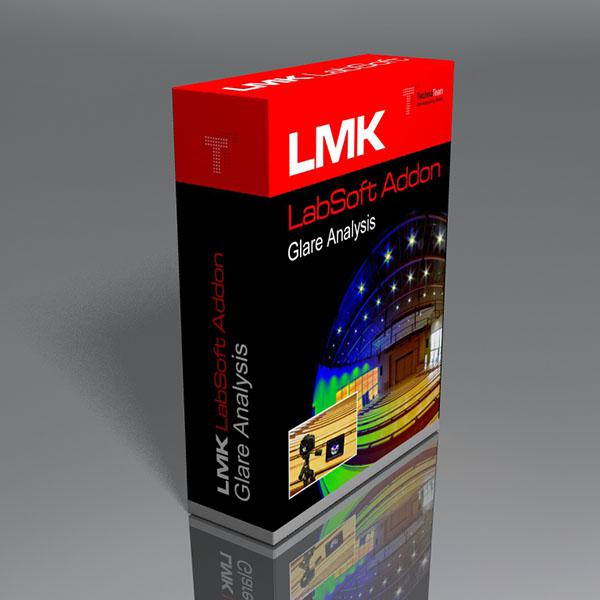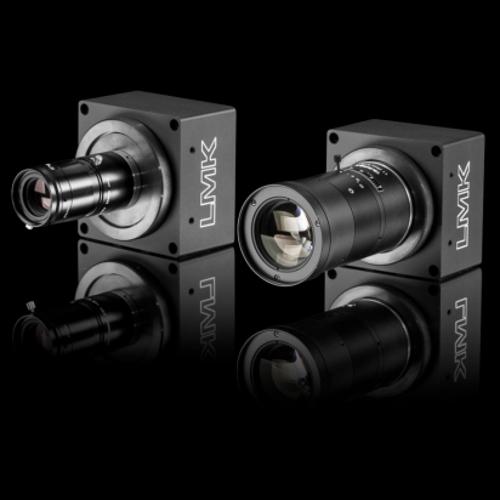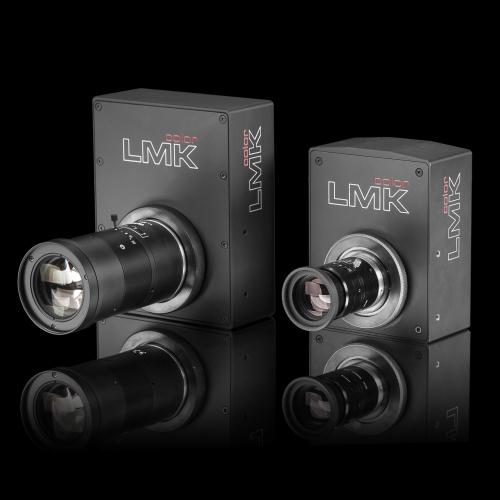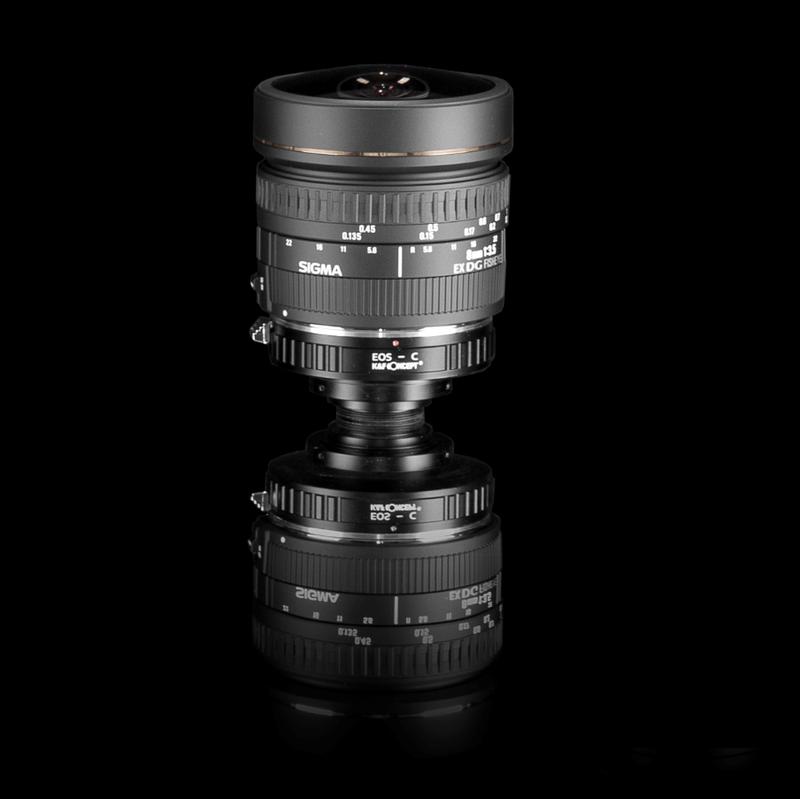The photometric evaluation of interiors regarding the absolute luminance level and the relative luminance distribution on illuminated surfaces is an important task in the architectural field. Determining visually perceived contrasts also serves as a measure of ergonomics for individual visual tasks. Using imaging luminance cameras, you can easily measure the following variables:
- Luminance and luminance distributions
- Dynamics of brightness and contrast ratios on indoor surfaces
- Derived perception criteria such as recognizability and the determination of ergonomic and safety aspects of workplaces
- Luminance uniformity on walls, floors, ceilings, and derived statements on the appearance of lighting as well as visual comfort
- Determination of light colors and color rendering of illuminated objects (gallery, museum, or store lighting)
Measuring luminance level on walls, floors and ceilings
Visual appearance and safety (Lenbachhaus Munich)
Perceptual comfort – psychological glare
The combination with additional geometric information about the position and size of the light source enables the evaluation of further visual perception criteria. These include, among others, psychological glare. Using the UGR method for artificial light sources and the DGP method for daylight glare, for example, is possible.
These glare metrics utilize the luminance of the luminaires or the daylight as input variables. These are linked with the associated location information and ambient luminance. All necessary measurement data can be made available with only one HDR luminance measurement image.
Our solution
TechnoTeam has several LMK products that meet these requirements. These are the LMK 6 models and the LMK mobile. In addition, TechnoTeam provides a software add-on for standardized evaluation according to the UGR method and the DGP evaluation method. This requires an LMK measurement system in combination with a wide-angle lens and a geometric calibration of the imaging properties.
RELEVANT PRODUCTS
RELEVANT PUBLICATIONS
Glare assessment for research and development of measurement methods
Przeglad Elektrotechniczny
Glare is one of the most important parameter of lighting quality. Despite the passage of time from the beginning of glare research, no standard of conducting laboratory experiments was proposed. In the article the review of solutions related to glare assessment is presented. The method of conducting research on glare is also described. The authors pay attention to the most important aspects in the methodology of glare assessment for the experimental research on glare and glare assessment based on UGR measurements. The tests of the new algorithm for UGR calculation is presented — algorithm for precise identification and extraction of glare source area from HDR image.
Authors: D. Sawicki; A. Wolska; T. Porsch
Ist eine objektive Beschreibung der Störempfindung bei künstlicher Beleuchtung möglich?
LICHT 7/8 2015, p. 70-74
Die visuelle Erfassung von Information durch das menschliche Auge kann durch helle Lichtquellen gestört werden. Diese Effekte werden unter dem Sammelbegriff der Blendung zusammengefasst. In diesem Beitrag wird diskutiert, ob zum einen die Simulation und Vorhersage eines belastbaren Blendungsurteils und zum anderen die messtechnische Überprüfung einer realen Beleuchtungssituation anhand der vorhandenen Messdaten, Messmittel und Messmethoden überhaupt möglich sind. Dabei wird auf aktuelle Arbeiten zur messtechnischen Bewertung von subjektiven Blendungsurteilen in Innenräumen Bezug genommen.
Authors: T. Porsch, C. Funke; C. Schierz; F. Schmidt
Measurement of the Unified Glare Rating (UGR) based on using ILMD
Proceedings of the 28th Session of the CIE, Manchester; Vol. 1
Imaging luminance measuring devices (ILMD) are widely used in different fields of application. The assessment of glare caused by sun light and technical lighting installations for outdoor and indoor applications has meanwhile become reality. Measuring the discomfort glare for artificial indoor lighting installation is a fixed requirement of current standards. The aim of this study is to develop a simple and very well suitable software algorithm to fulfil those requirements by using the ILMD measuring technique comfortably. This paper also includes a comparison of currently existing equations for the discomfort glare regarding their technical requirements to be met by the ILMD and also the validation of new ideas and methods for analysis and evaluation. Keywords: Unified Glare Rating (UGR), Imaging Luminance Measuring Device (ILMD), discomfort glare
Authors: T. Porsch, C. Funke; C. Schierz; F. Schmidt
Assessment of daylit glare parameters with ILMDs and image processing
The 2nd CIE Expert Symposium on Appearance - When Appearance meets Lighting ..., 8-10 September 2010
Image luminance measuring devices (ILMD, [1]) are widely used in different fields of application. The assessment of glare caused by artificial lighting installations for outdoor and indoor applications is meanwhile reality. To evaluate discomfort glare under daylit conditions, new glare assessment methods using luminance images have recently been developed. The objective of this study is to analyze ongoing researches of mostly prototypical procedures and to realize their practical application for field measurements by using ILMD in the governmental or commercial sector. The practical application of the DGP was the focus of this study.
Authors: T. Porsch; F. Schmidt


